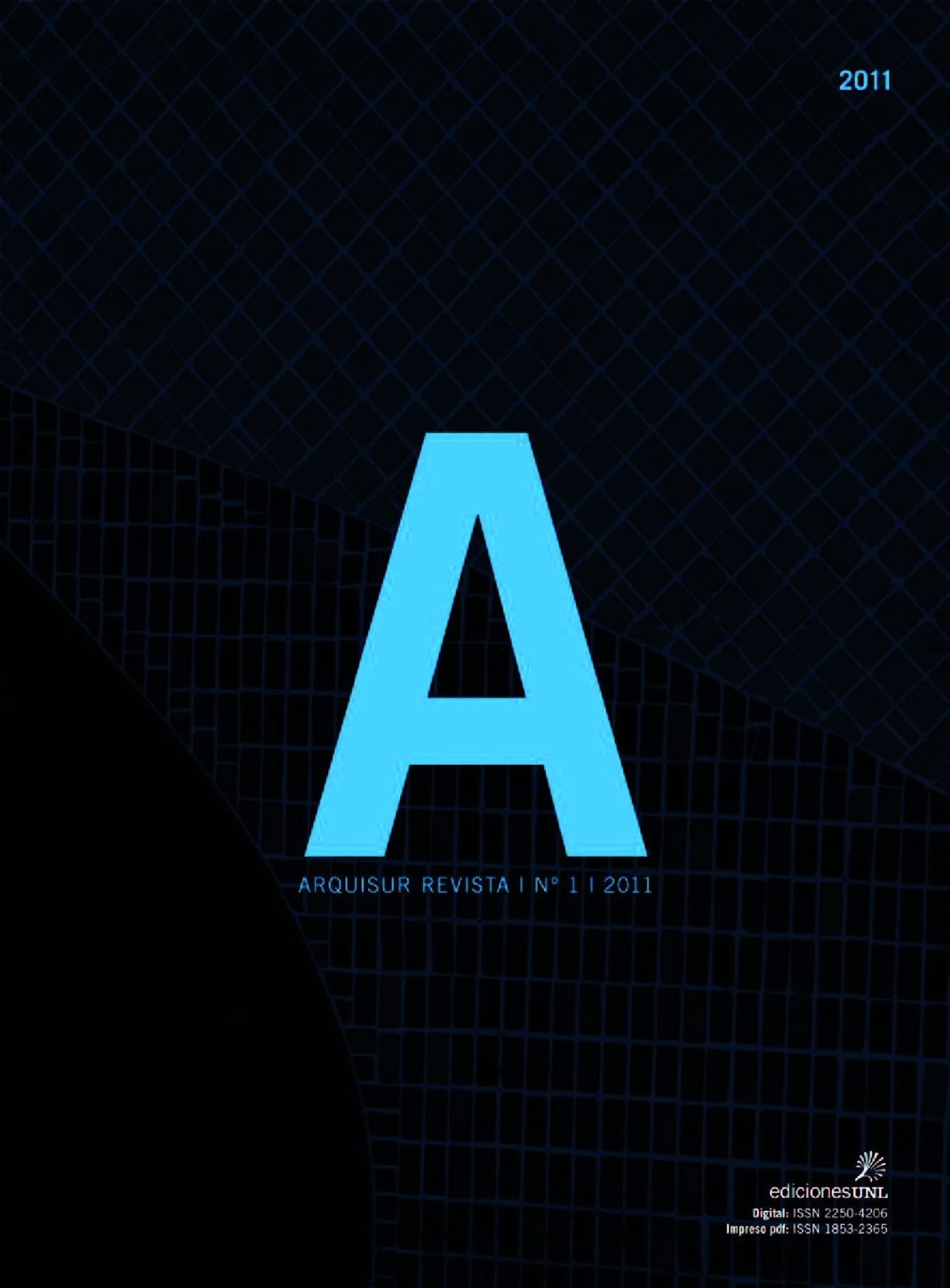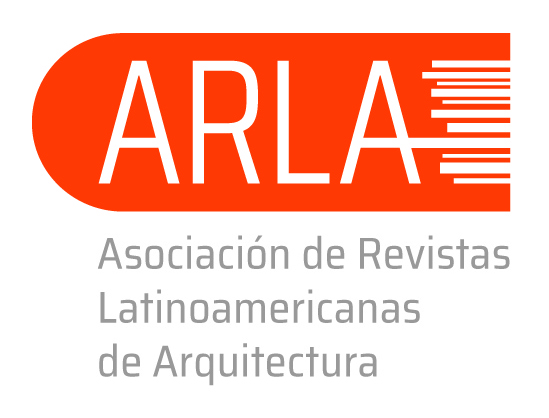Arquetipos de una identidad urbana
Cafés y bares montevideanos (1900 a 1960)
DOI:
https://doi.org/10.14409/ar.v1i1.923Keywords:
arquitectura anónima; cultura popular; patrimonioAbstract
The investigation focuses on a set of works that have been neither performed by architects, nor possess academic legitimization. The hypothesis: the presence of coffeehouses and bars in the European culture moved to Montevideo as an expression of a correlation detecting constant elements in the constitutive guidelines and in formal and sensitive categories. Those invariants induce the recognition of the
archetypical elements which make up the essence of the architectural program, in close connection with a certain model of the city and putting a stamp on urban identity. The method based itself in the tool chosen for study cases: the drawing as a way of thinking architecture. The conclusions analyze the role that coffeehouses and bars played within the city, acting as engines within the set of rules of an unplanned urbanism. Nowadays, the city is no longer articulated by them. Inexorably, the megastructures (shopping centres and hypermarkets) have entered into scene, multiplying, "sucking in" every competitor. They are the consequences of junkspace –a term coined by Koolhaas–, imposing conceptual changes in architecture through the application of a unique model, one which is globalizing, and determines that all cities end up looking alike.
Published
How to Cite
Issue
Section
License
ACCESO ABIERTO
ARQUISUR Revista es una publicación de acceso abierto y sin ánimo de lucro. No se imputan cargos por la recepción, revisión, evaluación, publicación ni acceso a sus contenidos. Se distribuye bajo una Licencia Creative Commons CC Atribución-NoComercial-SinDerivadas 4.0 Internacional (CC BY-NC-ND 4.0): No se permite un uso comercial de la obra original ni la generación de obras derivadas. Esta licencia no es una licencia libre, y es la más cercana al derecho de autor tradicional.
DESCARGO
Los criterios expuestos en los artículos son de exclusiva responsabilidad de sus autores y no reflejan necesariamente la opinión del Comité Editorial ni de la Dirección Editorial Técnica. Los derechos de los artículos publicados pertenecen a sus autores o editoriales. Los autores ceden sus derechos de publicación al Centro de Ediciones de la Universidad Nacional del Litoral de Santa Fe, Argentina.














